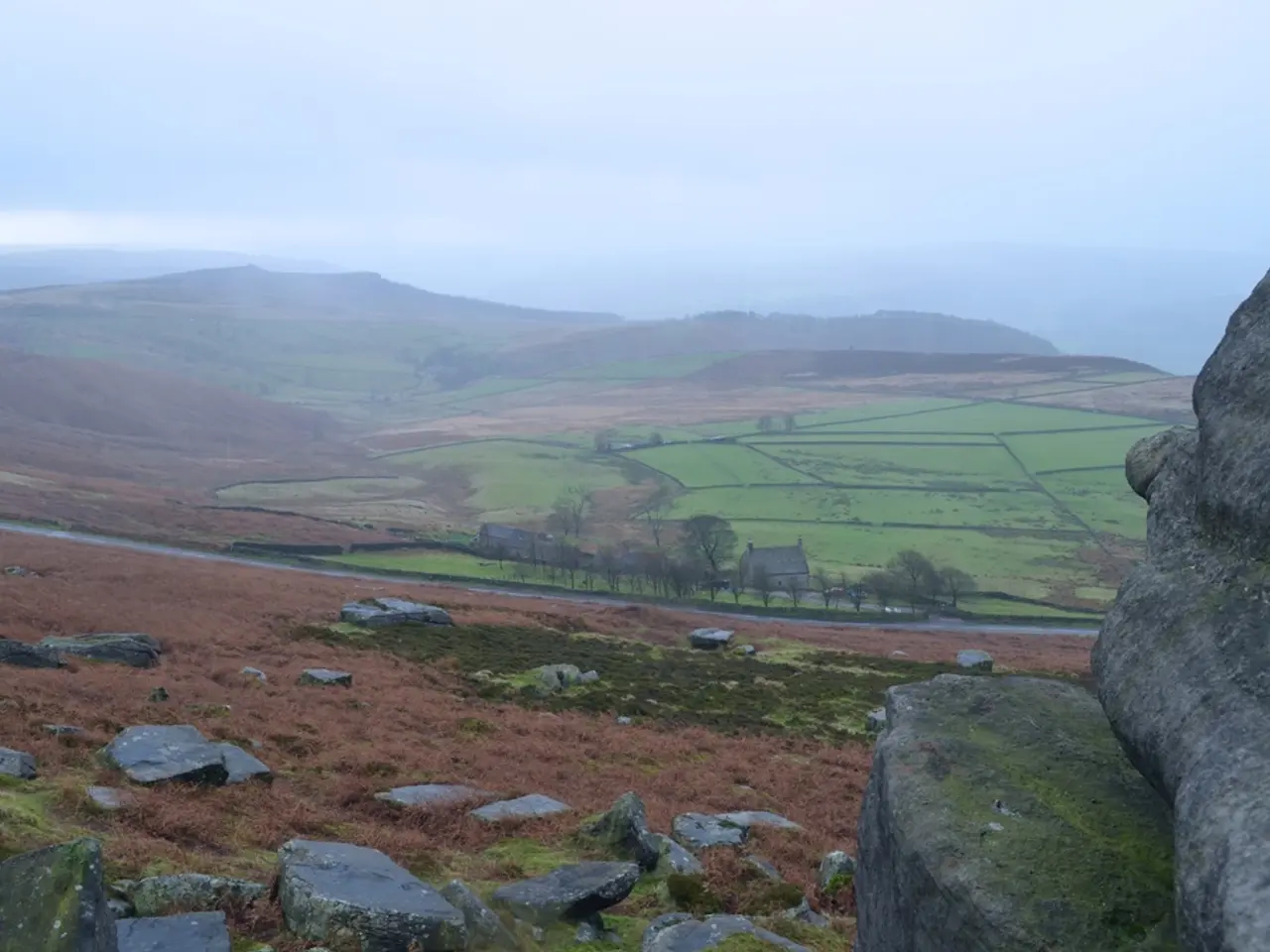Rebuilding Efforts Persist in South Lebanon via Resilient Ecosystems
In the heart of the Middle East, the region of South Lebanon has been shaped by a unique tale of resistance and resilience, intertwined with the Israeli-Lebanese conflict. This story is best illustrated through the rise of Hezbollah, the destruction and rebuilding of local ecologies, and the role of agriculture as both survival and defiance.
Hezbollah's emergence as an armed resistance group began in the early 1980s, consolidating Shia militias in South Lebanon to oppose the Israeli Defense Forces (IDF) following Israel's 1982 invasion and occupation of southern Lebanon. The group's primary focus was ending this occupation, which Israeli forces had established after the siege of Beirut. Hezbollah employed asymmetric warfare tactics, including suicide bombings, missile attacks, and capturing Israeli soldiers. This resistance contributed to Israel's eventual withdrawal from southern Lebanon.
A defining moment was the 2006 Lebanon War, where Hezbollah fought the IDF to an effective standstill—a significant feat none of the other Arab militias had achieved—which reinforced Hezbollah’s status and symbolized a broader culture of resistance and resilience in the region. The war caused massive civilian casualties and infrastructure damage in southern Lebanon, but also demonstrated the population's resilience under repeated conflict.
Beyond armed resistance, agriculture and local ecologies played a crucial role in survival and defiance. The constant conflicts have led to significant destruction of agricultural lands and ecosystems, which are vital for the livelihoods of southern Lebanese communities. Comparable struggles are noted in Palestinian contexts, highlighting that the degradation of land and ecology becomes a critical aspect of conflict.
Survival in South Lebanon has often meant the restoration and protection of agricultural lands, maintaining food production, and safeguarding ecologies—acts that not only provide material sustenance but also a form of cultural and political defiance against occupation and destruction. Communities have adapted to the war-torn environment, cultivating resilience through rebuilding agricultural infrastructure and preserving the land as a foundation for continued life and resistance.
One such resident is Bou Sahel, who returned to his village in 1983 after being expelled in 1978 and planted fruit trees upon his return, symbolizing his determination to remain on the land. Despite being displaced again in October 2023 due to Israeli attacks, Bou Sahel's family continues to reflect South Lebanon's unyielding struggle.
Women like Fatima also embody this spirit. Despite the challenges, they continue tending their gardens, orchards, and fields despite destruction, creating new possibilities for life in the aftermath of war. Tobacco farming, for instance, is a key resistant ecology in southern Lebanon, providing a lifeline for many families throughout years of occupation and war.
The history of South Lebanon is marked by cycles of war and destruction, yet the region's people have shown an unyielding spirit of resistance and resilience. From the rise of Hezbollah to the stories of farmers like Bou Sahel and Fatima, the region's history is a testament to the power of community, resilience, and the enduring connection to the land.
References:
[1] Khayyat, M. (2016). A Landscape of War: Narratives of Resistance and Resilience in South Lebanon. University of California Press.
[2] El-Hindi, R. (2014). Ecocide and Resistance: Palestine and the Politics of the Natural World. Zed Books.
[3] United Nations Relief and Works Agency for Palestine Refugees in the Near East (UNRWA). (2021). South Lebanon. Retrieved from https://www.unrwa.org/where-we-work/lebanon/south-lebanon
[4] The New Humanitarian. (2023). South Lebanon: A year of war and two months of Israeli ground invasion. Retrieved from https://www.thenewhumanitarian.org/news/2023/11/10/south-lebanon-year-war-israeli-ground-invasion
[5] The Associated Press. (2024). Israel-Hezbollah conflict: A timeline. Retrieved from https://apnews.com/article/middle-east-israel-lebanon-hezbollah-israel-conflict-timeline-79b06a40c1c13d34a35832a8818238f2
- The emergence of Hezbollah as an identity deeply rooted in resistance against Israeli occupation, alongside the destruction and preservation of local ecologies and agricultural lands, is a compelling story encapsulated in a Middle Eastern magazine featuring general news, political unrest, environmental science, climate-change, and war-and-conflicts.
- Amidst the backdrop of South Lebanon's unique tale, the role of Hezbollah in promoting community resilience through armed resistance is particularly noteworthy in various studies and articles on political science, particularly surrounding war-and-conflicts and Israel-Lebanon relations.
- In many ancient art pieces and contemporary visual narratives, one can find representations of farmers like Bou Sahel, embodying the spirit of resistance through their tireless efforts to cultivate and protect their lands, as both a cultural and political act.
- In addition to armed resistance, the articles on science, agriculture, and environmental-science often explore how the degradation of land and ecology has become a critical aspect of conflict, particularly in South Lebanon and Palestinian contexts.
- As South Lebanon continues to grapple with cycles of war and destruction, the community's ability to rebuild, adapt, and persist in the face of adversity serves as a powerful symbol of resilience that merits further study and exploration in stories and research on community, resistance, and the human spirit of perseverance.






